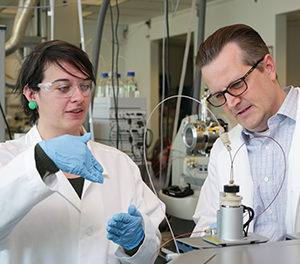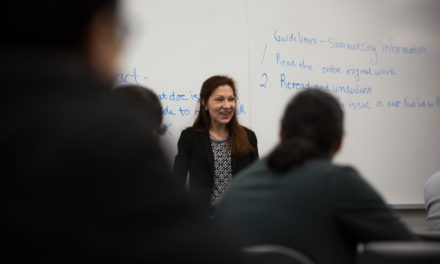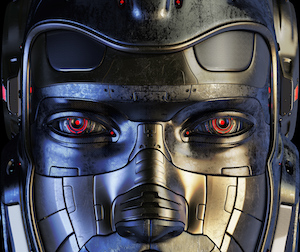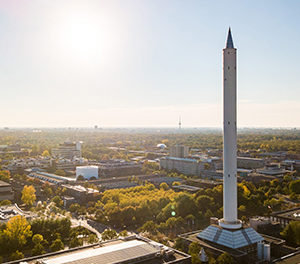Innovation never sleeps
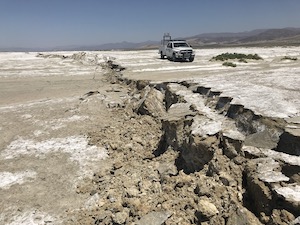

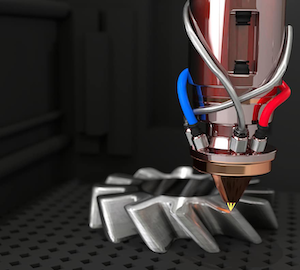
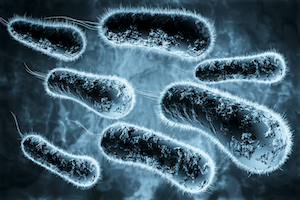

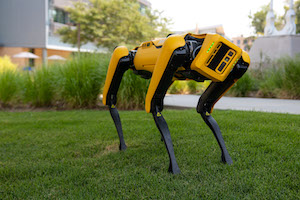
While much of the world was shut down this year, Mines researchers pressed on, developing new ideas to improve our understanding of science and the world—and with accolades to show for it. In fact, just this year, six Mines researchers were awarded National Science Foundation CAREER Awards, which support junior faculty who have the potential to serve as academic role models in research and education and advance their organization.
3D-scanning the Earth’s mantle
Ebru Bozdag, assistant professor of geophysics, is working to improve the resolution of 3D scans of the Earth’s mantle—research that will lead to better insight into the inner dynamics of the planet. “High- resolution present-day snapshots of Earth’s interior are essential for understanding the past and present dynamics of the mantle, which directly shape the surface of our planet through tectonic processes such as earthquakes and volcanic activities,” Bozdag said. “Higher- resolution models are also crucial for better understanding the source of earthquakes, accurately locating them, and are required from an engineering point of view to assess and mitigate seismic hazard and to detect nuclear explosions.”
Sensing what’s between bacteria
Kevin Cash, assistant professor of chemical and biological engineering, is developing an optical nanosensor platform that can measure linked metabolism— with sensors small enough to fit in the tiny spaces between bacteria. While interdependent microbial communities are all around us, much of the laboratory microbiology is done on one species in isolation. But “determining how nutrients flow between different species is essential to predicting how microbial communities can process heavy metal pollution, impact bioremediation or adapt to new ecological settings,” Cash said. “The ability to spatiotemporally monitor metabolism with nanosensors will enable a wide range of advances in all of these complex metabolically linked systems.”
It’s all in the 3D-printed details
Owen Hildreth, assistant professor of mechanical engineering, is working on speeding up the commercialization of a low-cost chemical method for the post- processing of 3D-printed metal parts—a project that could cut out the labor-intensive, detailed work that must occur after an additively manufactured part is printed. “Surface finishes are a really big consideration for 3D-printed parts right now,” Hildreth said. “Currently, the go-to strategy is machining the surfaces. As a result, the 3D-printed parts are near net shape, printed in close to the shape, and then you machine the rest of it. That means the part has to be machinable and that’s a limitation on what those shapes can be.”
The potential of two-dimensional particles
Joseph Samaniuk, assistant professor of chemical and biological engineering, is working on improving the understanding of interactions between ultra-thin, 2D particles. Atomically thin particles— typically only one to three atoms thick—have unique properties that can significantly enhance electrical conductivity, mechanical strength and optical transparency compared with their bulk material counterparts. Samaniuk said understanding this system is a “potential route to making large quantities of low-cost films for photovoltaics, or more generally what are called optoelectronic devices—devices that take optics and integrate them with electronics.”
Discovering new materials
Vladan Stevanovic, assistant professor of metallurgical and materials engineering, is working on a project that could accelerate the discovery of new metastable materials, or materials that eventually transform into another, like how diamond is a metastable form of carbon, for example. Metastable materials remain a bit of a mystery to scientists, but Stevanovic said in his work with semiconductors, “you could find the coexistence of electric conductivity and optical transparency, which isn’t common. That coexistence could enable having a fully transparent and conductive material—imagine something that looked like glass but with the functionality of a TV screen, like in that Tom Cruise movie Minority Report. You could enable better materials for renewable energy applications. You could make things more efficient.”
A world of pure imagination
Hao Zhang, assistant professor of computer science, is developing reflection and imagination capabilities in robots to help create lifelong collaborative robots that adapt at near-human levels in an unstructured and ever-evolving world. “Inspired by theories of cognitive reflection for human adaptation, the robot reflection paradigm will allow a robot to reason about itself and adjust its own adaptation process without requiring human supervision,” Zhang said. “This research also provides a vital solution to improve safety, productivity and cost efficiency of using robots to address environmental, social and economic issues.”
Between the time Mines shifted to remote learning in mid-March and the start of the fall semester in August, more than 90 research projects at Mines were awarded funding. Visit research.mines.edu to learn more.

